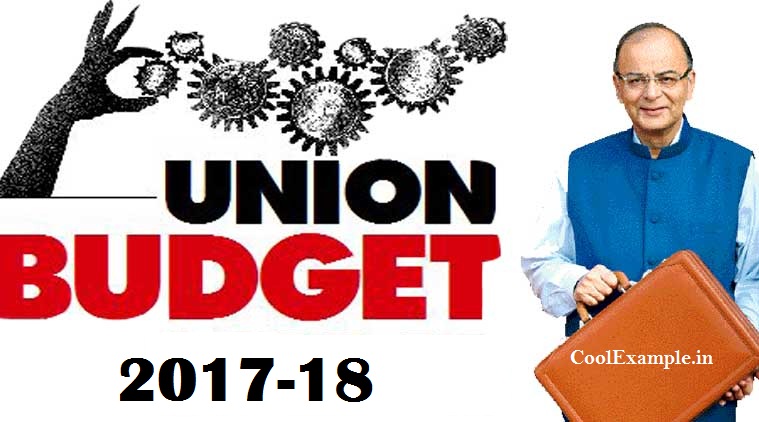All about GST
 There are a huge number of different indirect taxes in India. The government is making plans to reform the present Indian indirect tax regime and to combine all union and state taxes into a single Goods and Sales Tax (GST).
There are a huge number of different indirect taxes in India. The government is making plans to reform the present Indian indirect tax regime and to combine all union and state taxes into a single Goods and Sales Tax (GST).
The introduction of Goods and Services Tax (GST) in India is going to be an important step towards an indirect tax reform.
In a paper of the Empowered Committee of the State Finance Ministers which has been released on 10.11.2009, it has been stated that there would be a system “Dual GST” in the country, i.e. taxation power to levy the taxes on the Goods and Services would be enjoyed jointly by both the Centre as well as the State.
The scheme was supposed to be implemented from 1.4.2016. However the same may be delayed as the NDA government does not have majority in the houses of parliament.
Moreover the Punjab and Haryana government are reluctant to give up purchase tax. On the other hand, Maharashtra is not interested to give up its present system of taxation and every state in India wishes to keep petroleum and alcohol out of the scope of GST. The government of Gujarat and Maharashtra want an additional 1% levy extended beyond the proposed term of two years thereby raising it to 2%.
Constitutional Amendment regarding levy of tax on “goods and services”:
The government at the Centre is empowered to tax services and goods up to the stage of production and the government of the States have the power to levy tax on sale of goods.
The States cannot levy tax on supply of services and the Centre is not entitled to levy tax on the sale of goods. As such, the Constitution does not confer power either on the Central or State Government to levy tax on the ‘supply of goods and services’.
Moreover, the Constitution also does not empower the States to levy tax upon imports. Therefore, it is necessary to have Constitutional Amendments for empowering the government to levy tax on sale of goods and services and other resulting issues.
What do you mean by GST?
“Goods and Service Tax” (in short “GST”) is a tax levied on the manufacture and sale of goods and services at a national level. For such purposes no distinction is made between goods and services in the matter of levy of tax. It is likely to substitute all indirect taxes levied on goods and services by both the Central as well as the State governments in the country.
Under this system every assessee is liable to pay tax on his output. He is also entitled to get input tax credit on the tax paid by him and ultimately the final consumer shall have to pay the tax.
Objects of GST:
The main object of Goods & Service Tax (GST) is to eliminate the double taxation i.e. the dual effects of taxation on production of goods and services and its distribution.
The exclusion of this tax on tax till it reaches the final consumers is likely to improve the competition of goods and services in market resulting in the beneficial impact on the country.
Form of GST:
The GST is going to have two components – one shall levied by the Centre (Central GST) and the other shall be levied by the States (State GST). The rates for Central GST and State GST would be approved accordingly after making considerations and by judging its acceptability.
The CGST and the SGST would be applied to all transactions of goods and services made in exchange of a consideration except the exempted ones.
France was the first nation who introduced GST in 1954. Presently almost 150 nations around the world which have introduced GST in some form or the other. Most of them have a uniform GST system. Brazil and Canada are currently following a dual system which our country is going to introduce.
In China, GST applies to goods only and processing services. GST rates are different in different countries.
Indirect taxes that will be included within the ambit of GST:
1. State taxes.
2. VAT
3. Sales Tax.
4. Entertainment Tax.
5. Luxury Tax.
6. Taxes on lottery, etc.
7. State cess and surcharges in connection with the supply of goods and services.
8. Central Excise Duty.
9. Service Tax.
10. Countervailing Duty Special Additional duty of customs (SAD).


 5 Tax Saving Tips for Startups
5 Tax Saving Tips for Startups  Analysis and Highlights of Finance Budget 2017 – Part 2
Analysis and Highlights of Finance Budget 2017 – Part 2  AS9 (Accounting Standard 9) Simplified Short notes- Revenue Recognition
AS9 (Accounting Standard 9) Simplified Short notes- Revenue Recognition  Service Tax Return FY 2016-17 – Key Changes and Amendments
Service Tax Return FY 2016-17 – Key Changes and Amendments  Mere announcement of a concession does not allow relief if it is not stated in the Finance Act
Mere announcement of a concession does not allow relief if it is not stated in the Finance Act  ITAT Amritsar: No Section 269SS Violation for One-Time Cash Payment Before Sub-Registrar
ITAT Amritsar: No Section 269SS Violation for One-Time Cash Payment Before Sub-Registrar  Tax Officials Unleash Digital Dragnet: How New Raid Powers Redefine Privacy, Property Rights in India and likely to Fuel Corruption
Tax Officials Unleash Digital Dragnet: How New Raid Powers Redefine Privacy, Property Rights in India and likely to Fuel Corruption  Income Tax Department Rewards for Reporting Tax Evasion: A Comprehensive Guide
Income Tax Department Rewards for Reporting Tax Evasion: A Comprehensive Guide  Forfeiture of Gratuity by Employer- What are the Remedies for an employee- Can employer be challenged?
Forfeiture of Gratuity by Employer- What are the Remedies for an employee- Can employer be challenged?